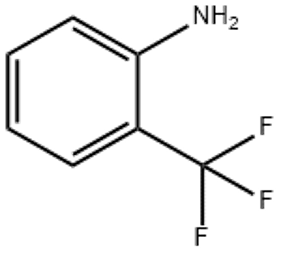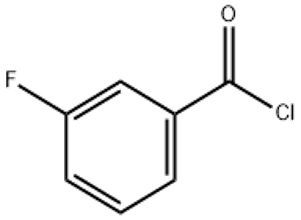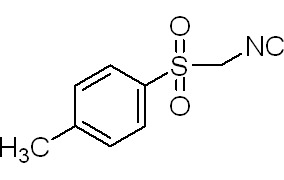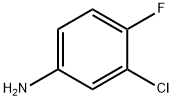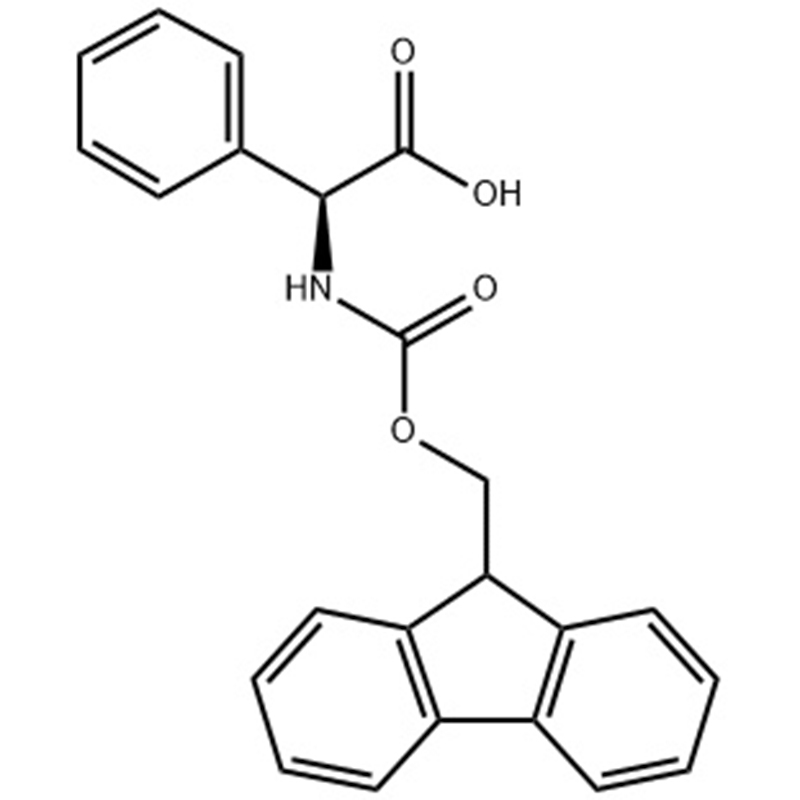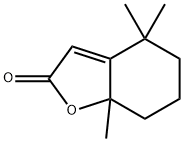2-Aminobenzotrifluoride(CAS# 88-17-5)
| Risk Codes | R10 – Flammable R23/24/25 – Toxic by inhalation, in contact with skin and if swallowed. R33 – Danger of cumulative effects R36/37/38 – Irritating to eyes, respiratory system and skin. R22 – Harmful if swallowed R20/21/22 – Harmful by inhalation, in contact with skin and if swallowed. |
| Safety Description | S36/37/39 – Wear suitable protective clothing, gloves and eye/face protection. S45 – In case of accident or if you feel unwell, seek medical advice immediately (show the label whenever possible.) S37/39 – Wear suitable gloves and eye/face protection S26 – In case of contact with eyes, rinse immediately with plenty of water and seek medical advice. S16 – Keep away from sources of ignition. S36 – Wear suitable protective clothing. |
| UN IDs | UN 2942 6.1/PG 3 |
| WGK Germany | 1 |
| RTECS | XU9210000 |
| TSCA | Yes |
| HS Code | 29214300 |
| Hazard Note | Toxic/Irritant |
| Hazard Class | 6.1 |
| Packing Group | III |
Introduction
O-aminotrifluoromethylbenzene. The following is an introduction to its nature, use, manufacturing methods and safety information:
Quality:
O-aminotrifluoromethylbenzene is a colorless to light yellow liquid with a strong odor. It has good solubility and is soluble in many organic solvents such as alcohols, ethers, and ketones.
Use:
O-aminotrifluoromethylbenzene is widely used in organic synthetic chemistry. As an important raw material, it is often used in the synthesis of organic fluorescent dyes, light stabilizers, oxalate hybrid materials, and other organic compounds. It can also be used as a solvent, surfactant, and electrolyte solvent.
Method:
The preparation method of o-aminotrifluoromethylbenzene mainly includes the esterification reaction of fluoromethanol and benzylaminamine. The specific process is as follows: fluoromethanol is reacted with benzylamide under acidic conditions to generate ionic intermediates, and then o-aminotrifluoromethylbenzene is obtained through dehydration reaction.
Safety Information:
O-aminotrifluoromethylbenzene has low toxicity in general, but it is still necessary to pay attention to safe operation. Contact with the skin or inhalation of high concentrations of vapors may cause irritation and direct contact should be avoided. During use, protective gloves, goggles and respiratory protection should be worn. When storing, it should be kept away from fire sources and oxidants to ensure good ventilation. In case of accidental contact or inhalation, necessary first aid measures should be taken immediately and medical attention should be sought immediately.


